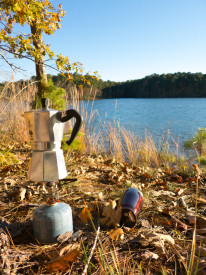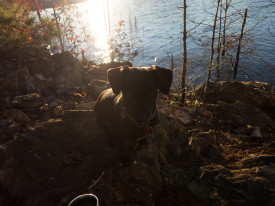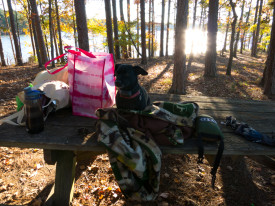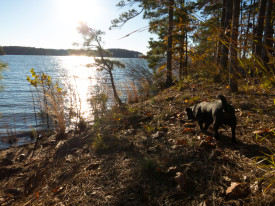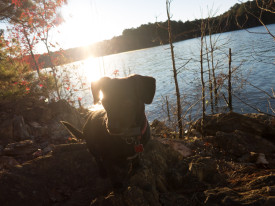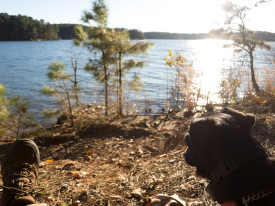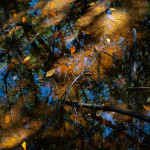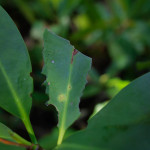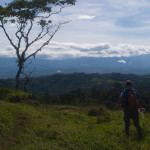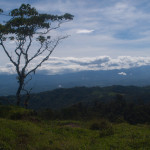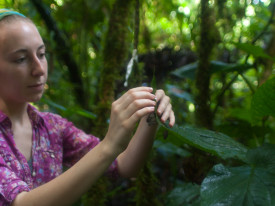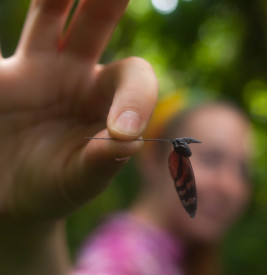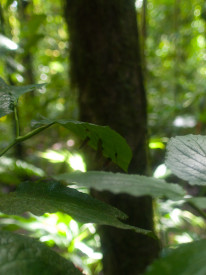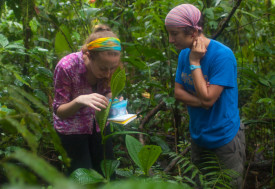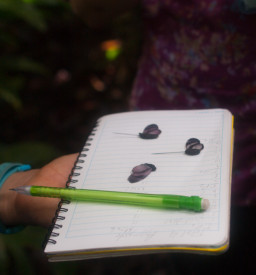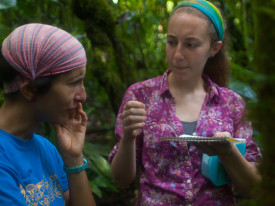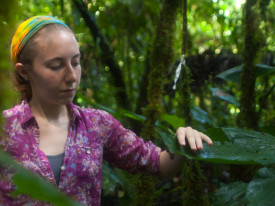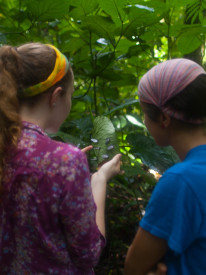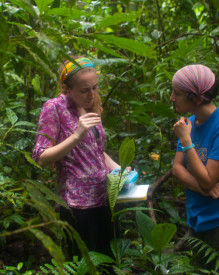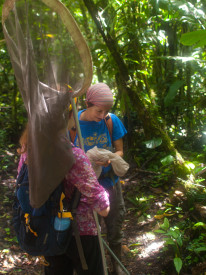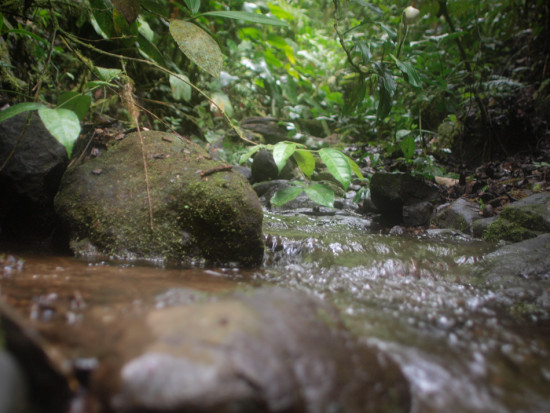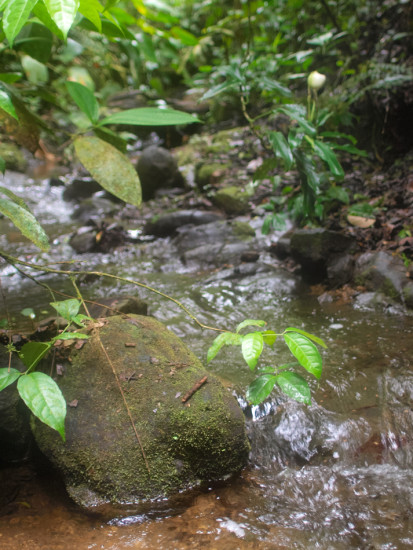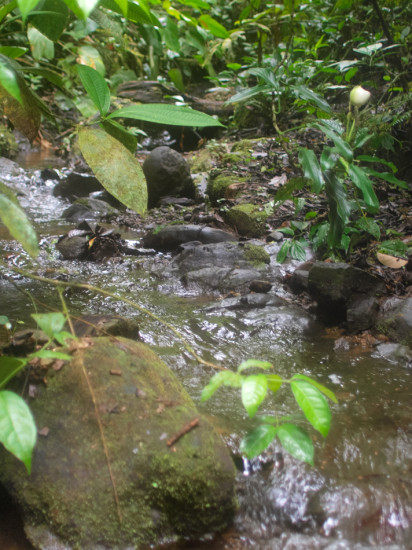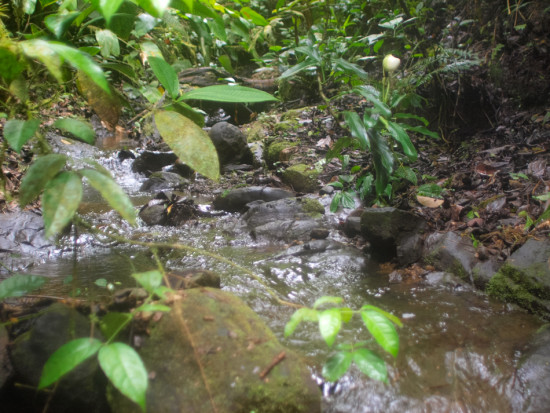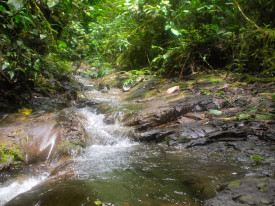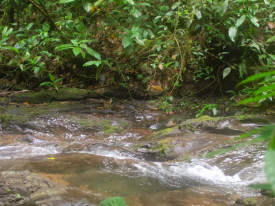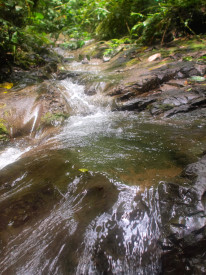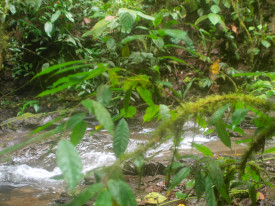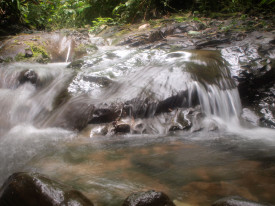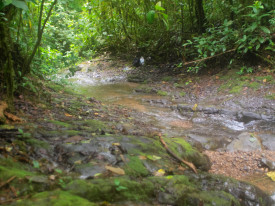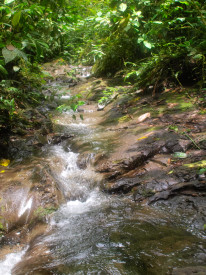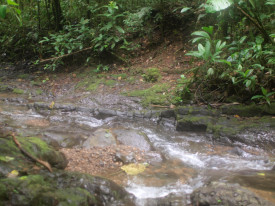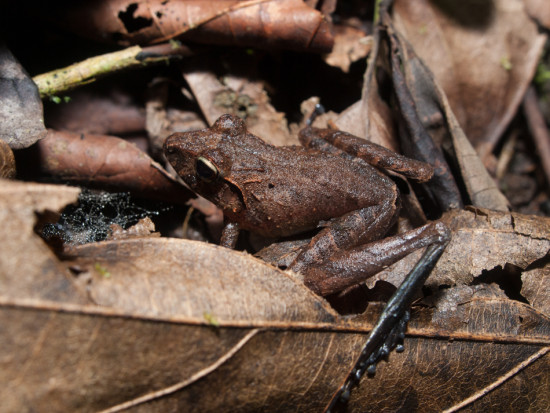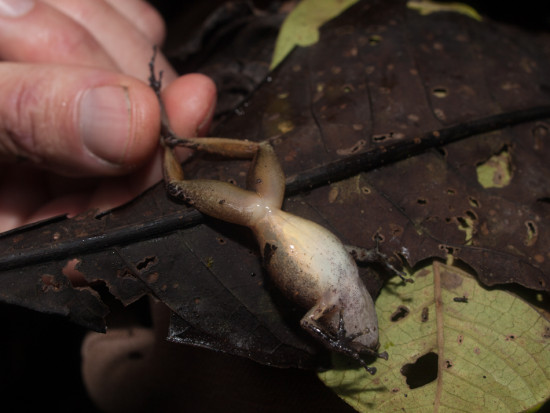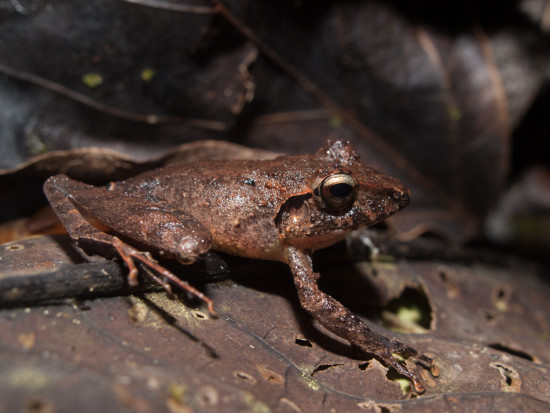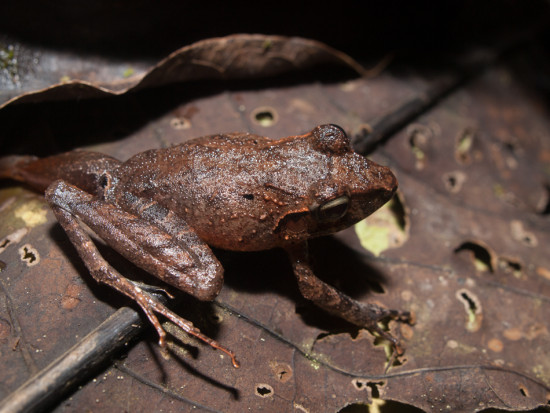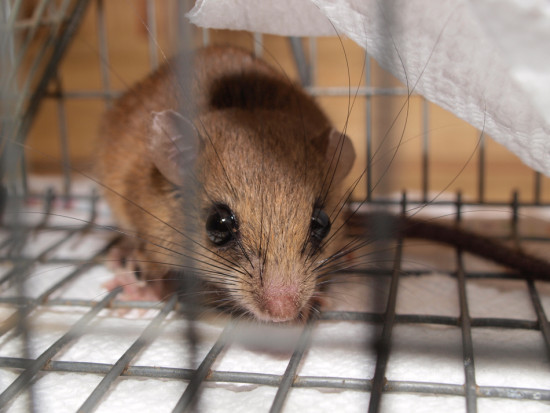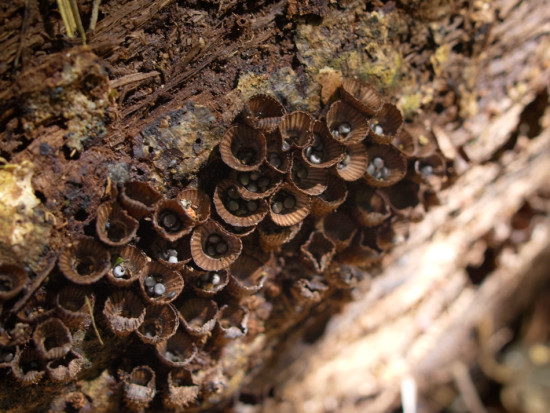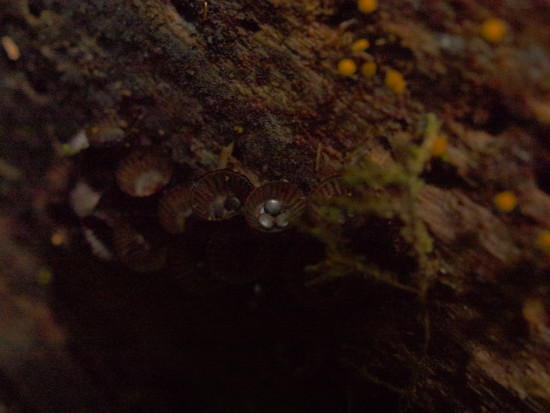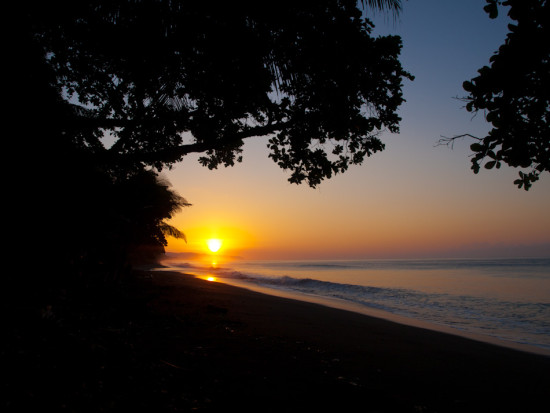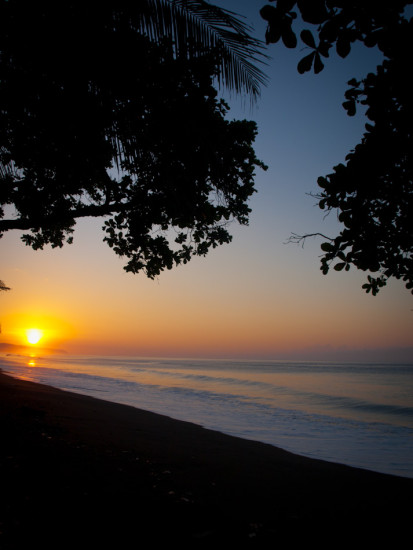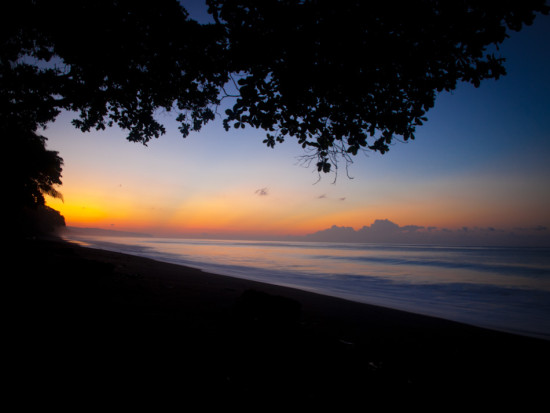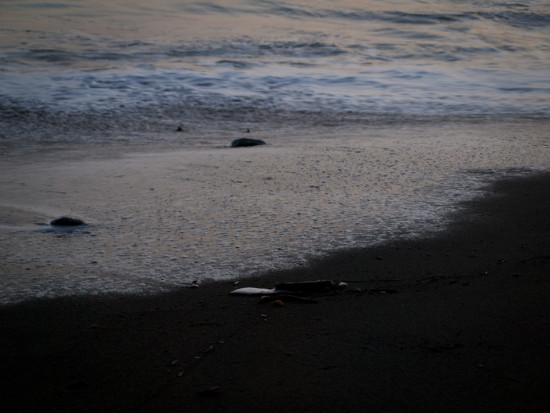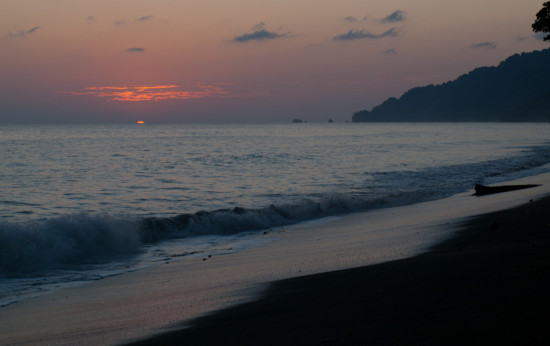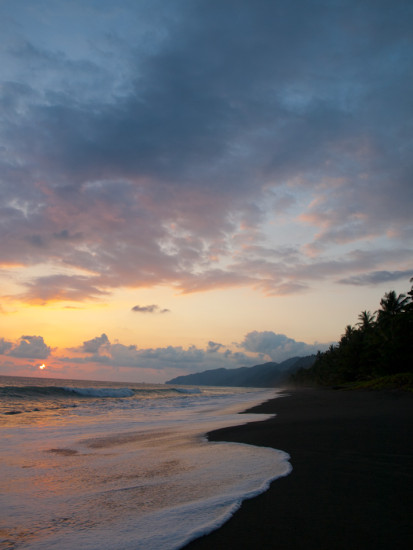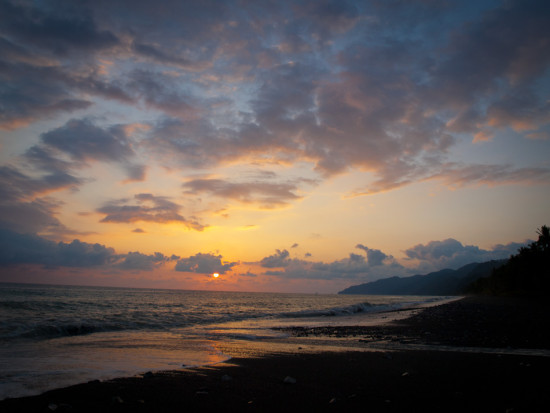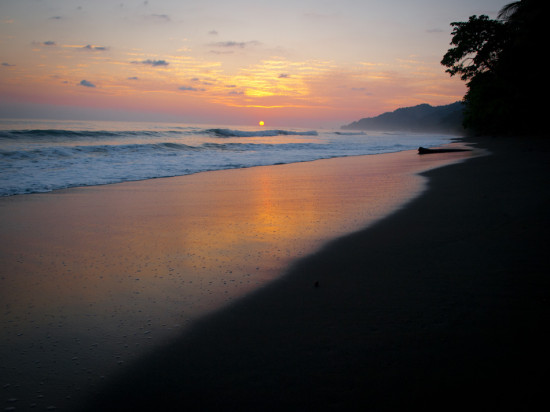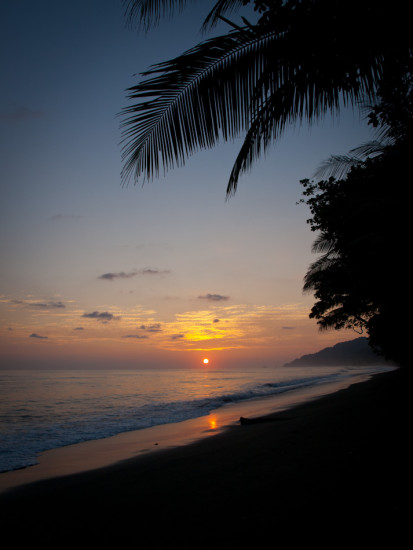Images
Herbivory and Detritivory in Mangroves
Herbivory and decomposition are important processes in Florida mangroves.
Another set of photos from the Las Cruces Overlook
While the biological station is at about 1150 m above sea level, the highest point, sitting at about 1440 m, in the reserve is at a newly acquired pasture directly west of the station. I’ve posted shots from here in the past.
Predation risk of roosting Ithomiin butterflies
Adrea, a recent PhD graduate from UCLA, is mentoring three students in the NAPIRE program with projects on Ithomiin butterflies—a diverse group of clear-winged, neotropical butterflies that form breeding aggregations and tend to roost together. One of Adrea’s students, Katie, is investigating predation risk of roosting butterflies using models of two species that she’s constructed. Here, Katie checks her model butterflies for damage inflicted by predation attempts on the models.
Rio Gamboa
West Branch of the Rio Java
Some images of the West Branch of Rio Java.
This branch drains primary forest, and is rich in macroinvertebrate diversity, but doesn’t appear to have fish. In 2013, David surveyed this stream for fish, but did not discover any, and this year, Jackalyn collected macroinvertebrates using a D-net and immediately found a couple of new taxonomic groups she had previously not sampled.
The stream is steep, which likely prevents fish dispersal, and it’s bedrock substrate isn’t forgiving when the near-daily rains fill the banks.
A rain frog from Las Cruces
Fitzinger’s rain frog Craugastor fitzingeri.
Vesper rats
Bird’s Nest fungus
A basidiomycete (Nidulariaceae), the fruiting bodies of this saprotrophic fungus resembles eggs in a bird nest.
From sunrise to sunset at La Leona
The sunrise and sunset at the La Leona field station in Parque Nacional Corcovado in 2010.

